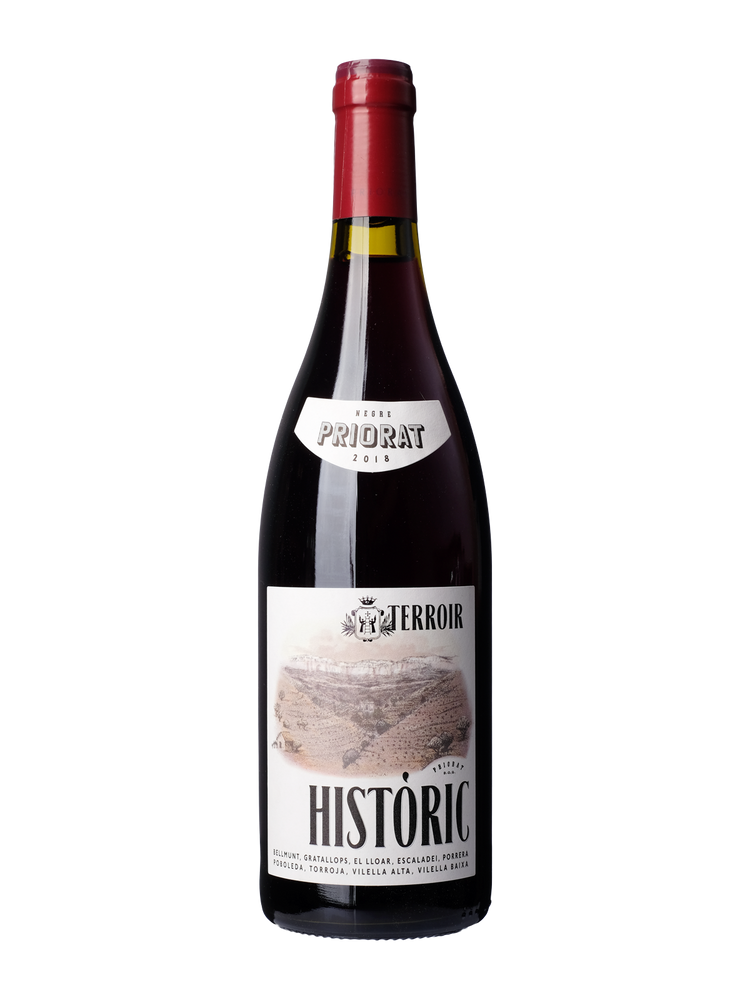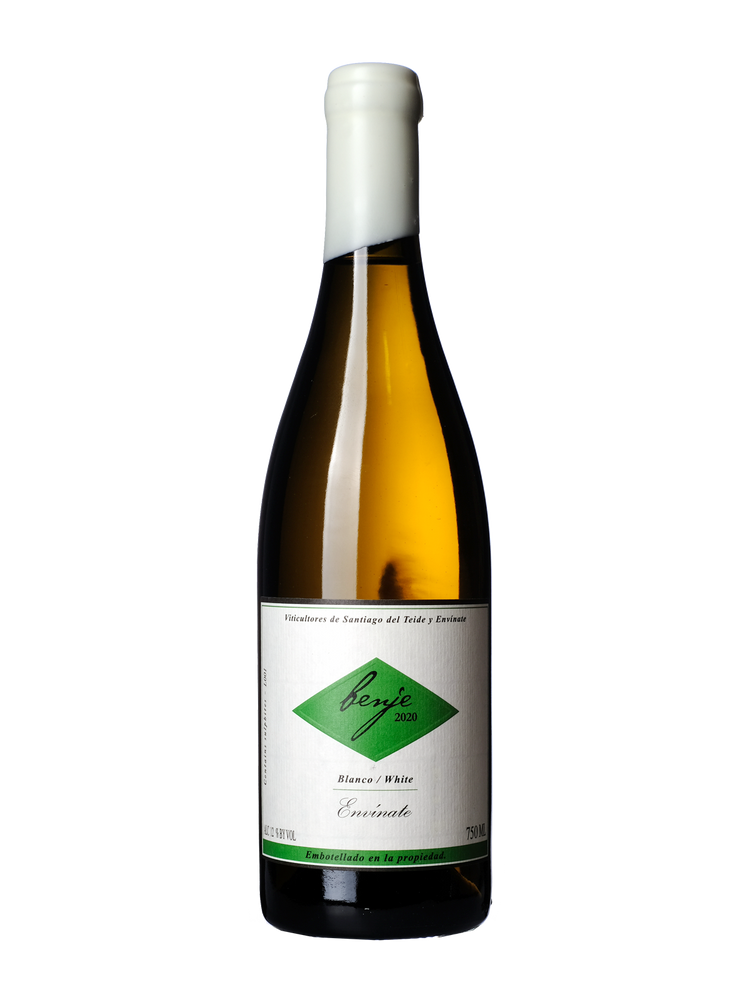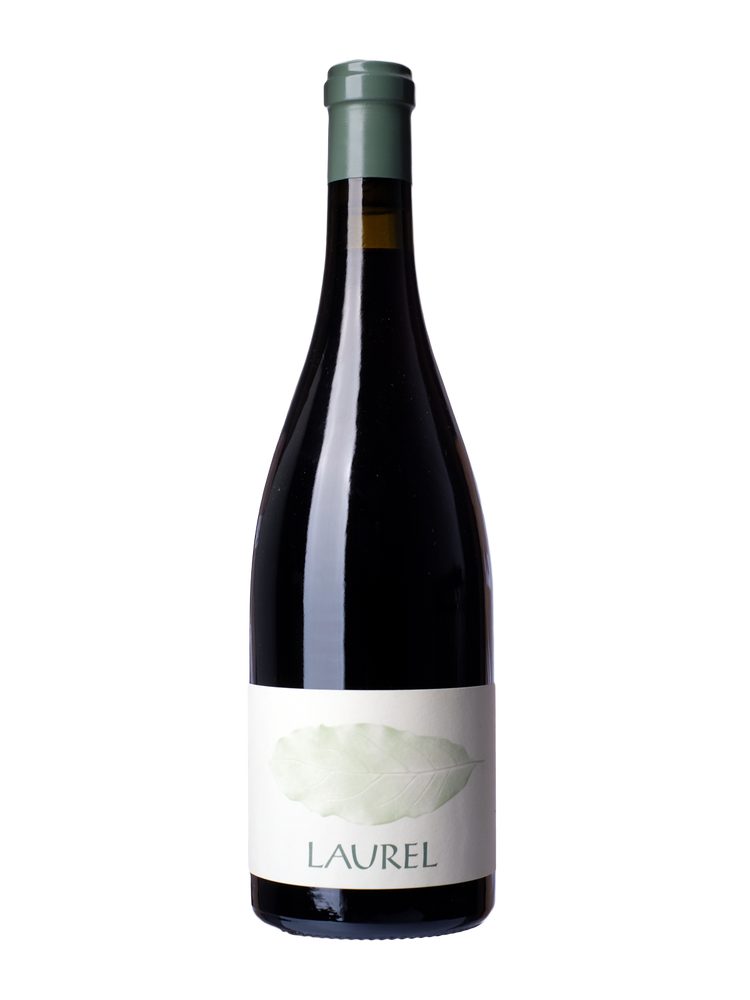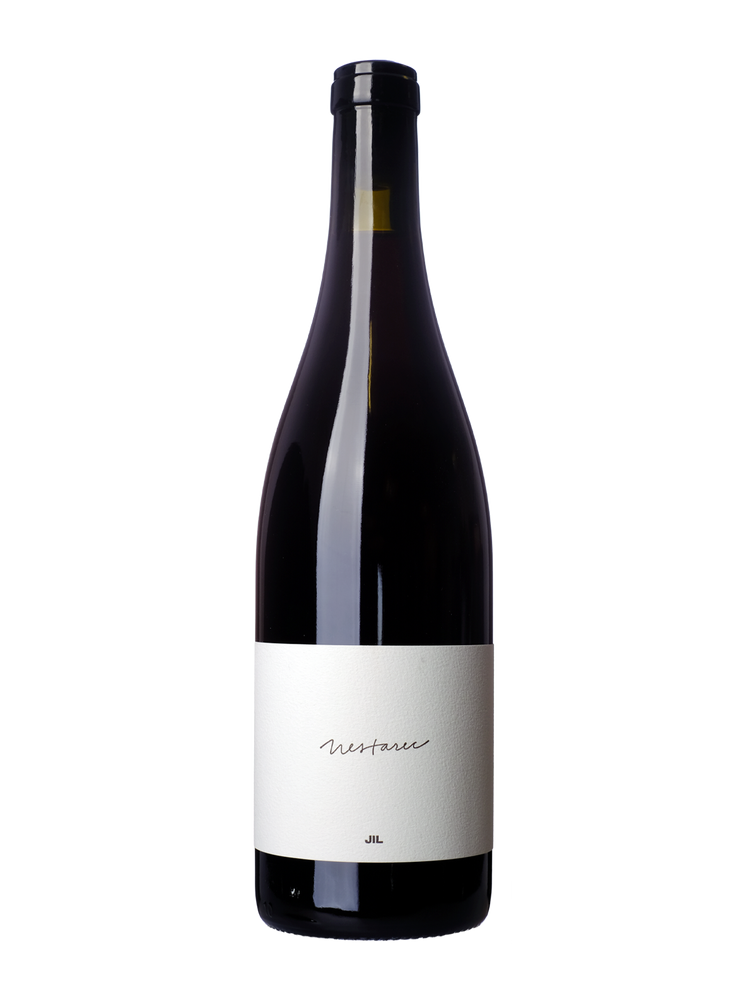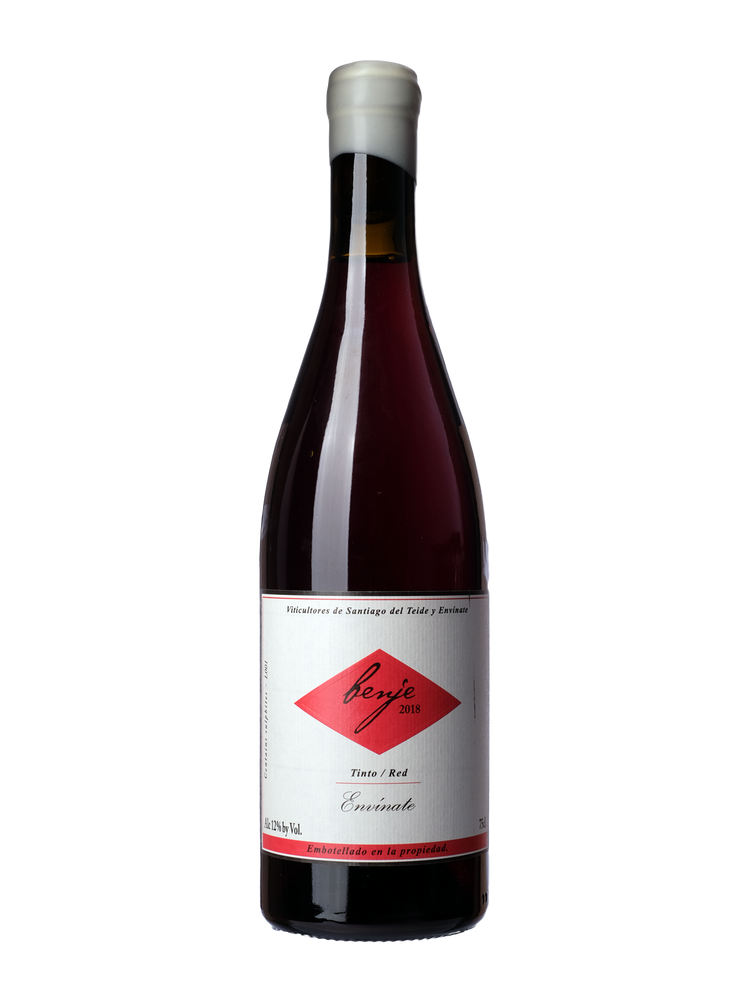'Fine wine' can seem a bit stuffy, which is probably why it has been the butt of so many jokes. Basil Fawlty, played by John Cleese, mocked it best. After a hotel guest comments that his Aloxe-Corton has plenty of body, Cleese lifts the bottle off the table to check its weight. The audience laughs, before he famously goes on to compliment the guest: “I can certainly see that you know your wine. Most of the guests who stay here wouldn't know the difference between Bordeaux and Claret.” It’s a hilarious caricature of someone stumbling as they try to navigate the world of fine wine. And it’s quite relatable.
Fawlty Towers was filmed in the mid-1970s. Since then, the popularity – and accessibility – of wine around the world has grown. A recent YouGov poll of UK consumers revealed that 28% consider wine to be their favourite alcoholic drink, above 23% for beer and 20% for spirits. Yet scepticism of the elusive 'fine wine' category remains, as anyone who has tried to justify the price tag of an expensive bottle to an uninitiated friend will understand.
What is 'fine wine'?
In April last year wine think-tank the Areni Institute published a report exploring the definition of fine wine. No easy task: the report runs 30 pages. Its findings on how we value the best wines of the world are telling.
The simple answer is that fine wines all have exceptionally high quality, and something else; an X-factor. But it’s that something else that proves difficult to pin down.
Pedigree might be the most traditional answer. Anyone lucky enough to tour the great chateaux of Bordeaux will be treated to numerous stories of the kings, queens and presidents who favoured wines from the various estates. You’ll see the grand buildings, hear of the ancient families. The message is clear: When you pour a glass, you’re not just drinking exceptional wine, you’re also enjoying the culmination of hundreds of years of winemaking history. And a grand one, at that.
Alternative definitions
But what if a different type of heritage also intrigues you? Here’s one story: For hundreds of years, families have farmed small vineyards around the remote Gredos mountains, about an hour west of Madrid. Some families made wine for home consumption. Others sold grapes to local co-operatives which made wine to quench the thirst of neighbourhood bars in Madrid. One such vineyard, known as Rumbo al Norte, was on the brink of conversion into a chestnut orchard in 2009. Its Grenache grapes earned just 20c per kilo, too little to justify the time needed to farm its 60-year-old vines by hand.

“Gredos has an incredible heritage of people working in the middle of nowhere, mainly for themselves. We want to continue this amazing heritage”, says Fernando Garcia of Comando G, who started making wine in Gredos in 2008. With his business partner, Daniel Landi, he acquired Rumbo al Norte in 2009. Since then, wines from the vineyard have earned 100 points – a rare accolade – from The Wine Advocate twice. It has become virtually impossible to get hold of. The only listing on Wine Searcher is a magnum valued just north of £1,500.
Spanish wine specialist Sarah Jane Evans MW suggests that old vines are important: “One benefit of old vines is the concentration you get. The other is the history”, she says. She references Frontonio, a winery in Valdejalón, Aragon. It was founded by Master of Wine Fernando Mora and two friends in 2010. They spent time purchasing vineyards from local people, including one that was planted in 1898. “It wasn’t a big corporate coming in - this project was based on many years of friendship. The people behind the wine are very important. Without them, a truth and an understanding of the land is lost”, says Evans.
Stories like these are found throughout Spain. There’s Envínate, founded in 2005, making elegant and expressive wines from old vineyards in the Canary Islands, Ribeira Sacra and Almansa. Telmo Rodriguez works with vineyards across Spain. His newest project, tending to the historic Yjar vineyard, has produced the first Rioja wine to be sold via La Place de Bordeaux: the 2017, his first vintage from the vineyard, debuted last month. It is rumoured to have sold out within 30 minutes.
In Priorat, many producers work with historic vineyards. As you drive around the region, you see patchworks of old vineyards on precipitous slopes. In some parts, vines poke out of the hillside at almost a right angle. It’s hard to imagine vineyards like this being planted today. One recent success story is that of Terroir al Limit, founded in 2001, making elegant Priorat wines which have caught the eye of many reviewers, including The Wine Advocate’s Luis Gutiérrez who awarded 100 points to the Les Maynes 2016.
A focus on sustainability
These producers have several things in common: they are relatively new, are working with historic vineyards, and are recognised for quality. They also share an interest in sustainability. Dominik Huber, of Terroir al Limit, suggests that a fine wine must be at least organic:
“The relationship to the earth, soil, and nature is important”.
Comando G’s Fernando Garcia agrees, adding that the social side of sustainability is also important. For him, fair pay of the winery team and a horizontal team structure are both key. So too is bringing opportunities to an area with a declining, and ageing, population: “There are two sides to sustainability: Ecological, and people”, he says.

In a recent article for Decanter, columnist Jane Anson wrote in favour of rethinking fine wine:
“The simple truth is that there has to be more to luxury today than wines that taste wonderful and have a history that most of us can only dream of”.
Her point was that sustainability – both environmental and social – should become a key part of how we think about fine wine.
But do fine wine drinkers agree? Not all of them. Respondents to a survey commissioned by the Areni Institute ranked sustainability as the least important element of a fine wine – in 17th place! – far behind the fame of the wine region (ranked third) and consistency over time (second). “Sustainability is still quite a distant concept to the UK consumer”, suggests Evans. But there is a sense that change is on the horizon. A comment in Areni’s report from London-based collector Queena Wong hints at this: “Do I choose the wines I buy based on how sustainably it has been produced? No, not now. But ask me again in five years.”
A certain je ne sais quoi
Perhaps, when trying to pin down that something else, we’re simply looking at different sides of the same coin. The history of a vineyard or region can help to make it special, but it doesn’t need to feature royalty. And if we treasure the idea that heritage of the land helps to make a wine special, it follows that caring for it, and the people who work it, are vital too. That brings pedigree.
Alongside sustainability, Huber suggests two other features of a fine wine. One is an ability to provoke emotion. Another is that it finds its place in the market: “If you have a piece of art that nobody wants to buy, it’s not really great. The market decides.”
When asked who is buying Terroir al Limit, he pauses. “A bit of everyone”, he says. “The educated hedonist, who is open-minded, not dogmatic, not conservative. Everyone with those qualities.” That doesn’t seem stuffy at all.
Title photo credit: Estanis Nuñez, the Envinate team

